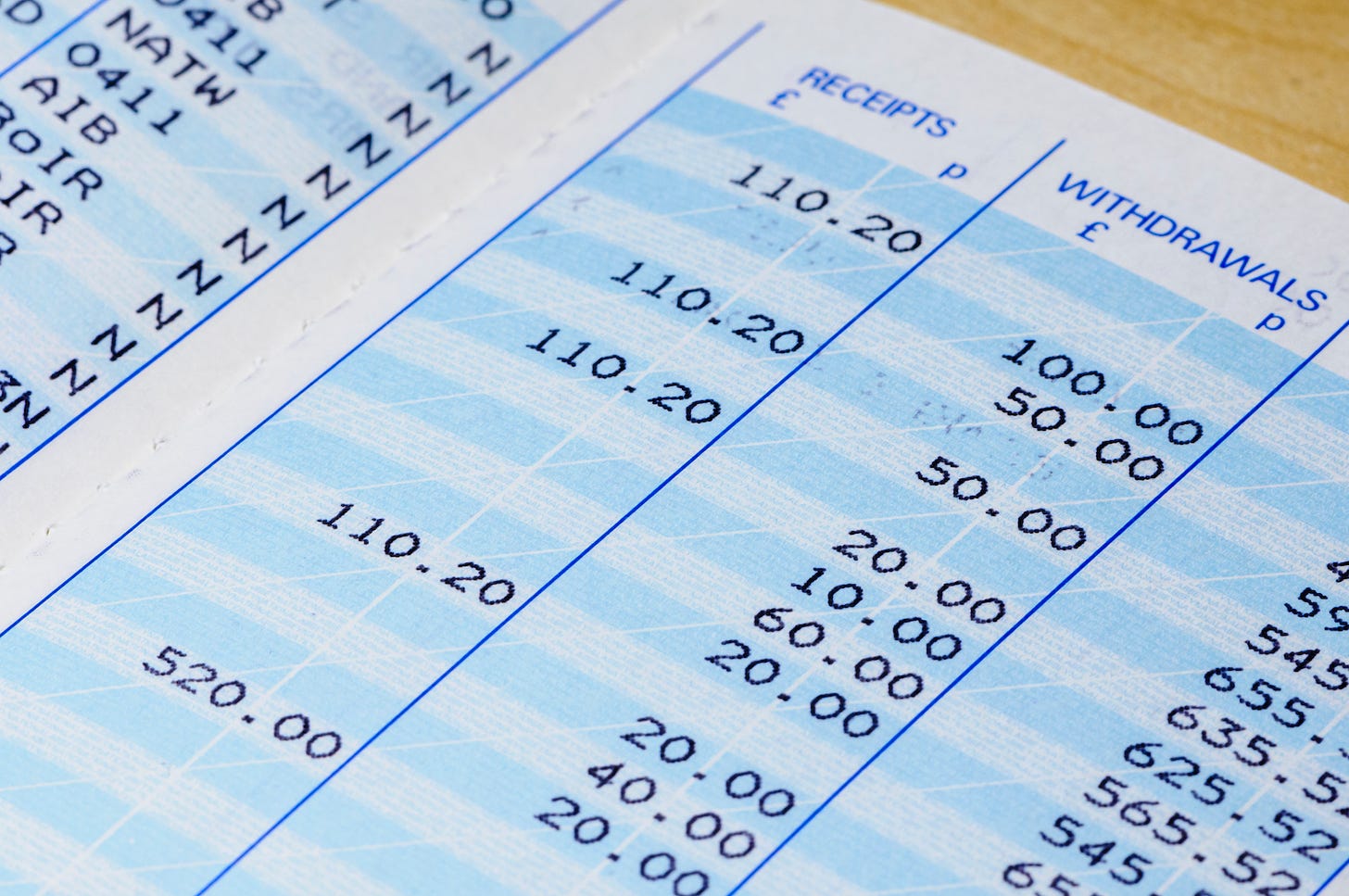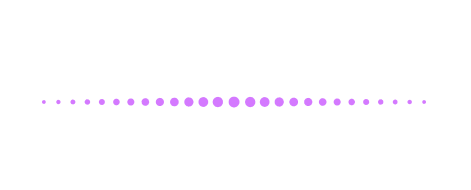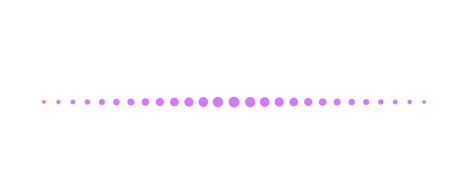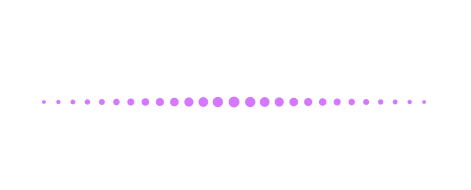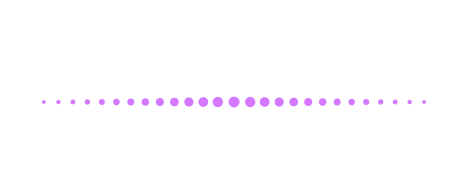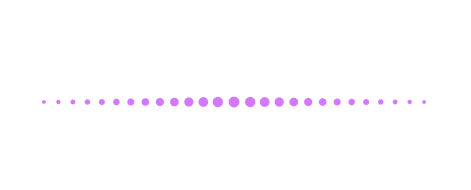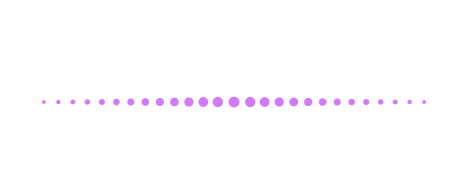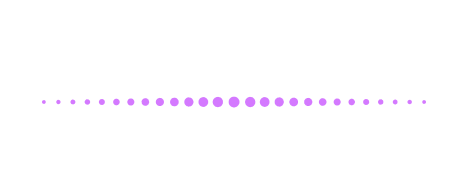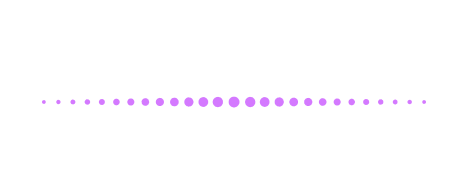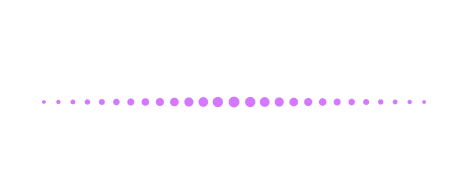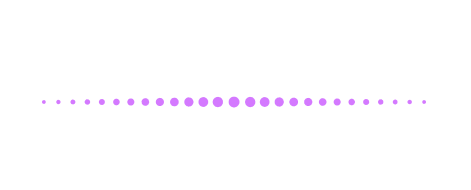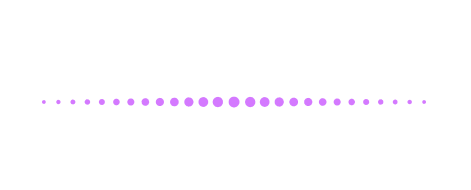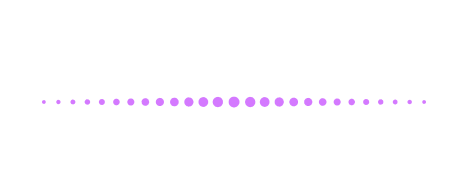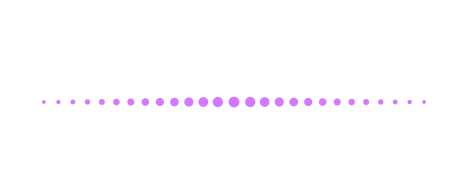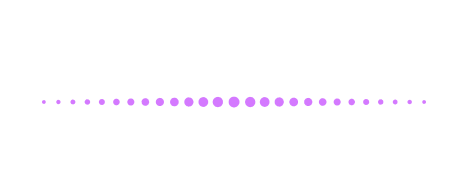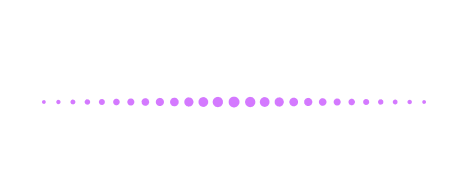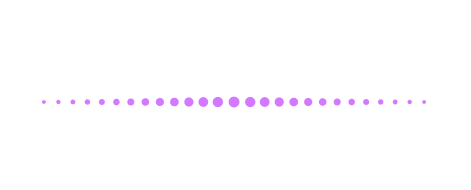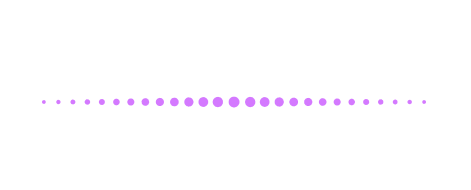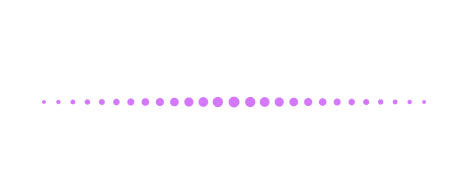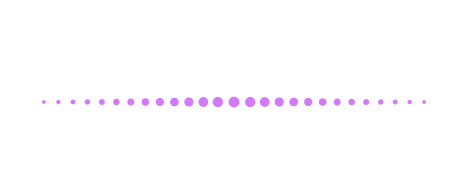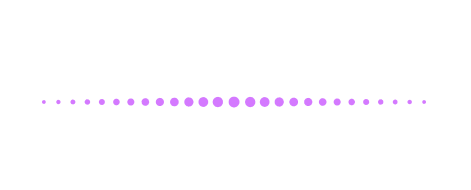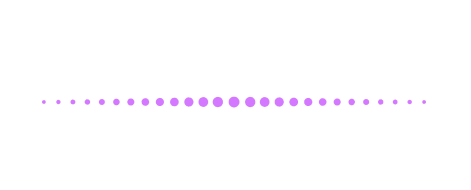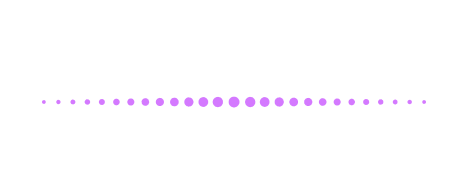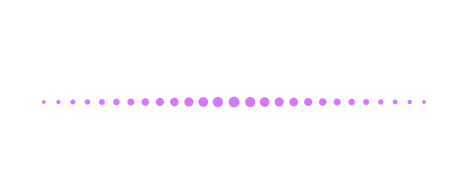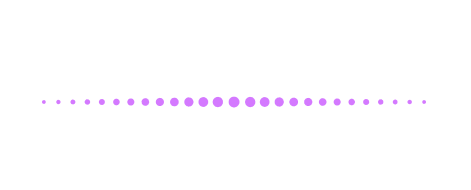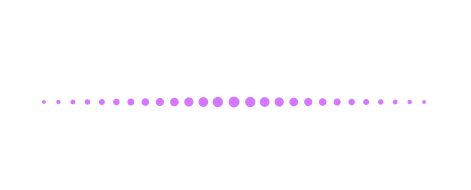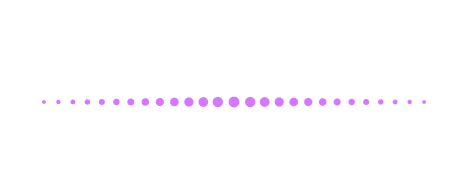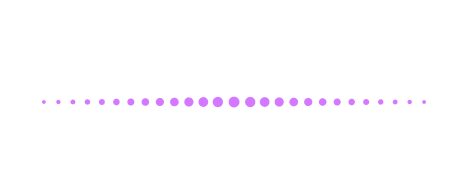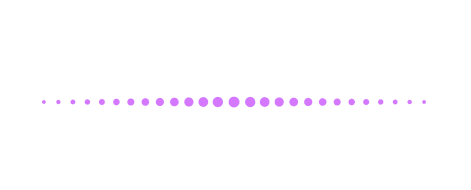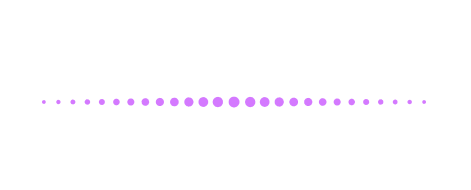New Banking Consensus Database: 100+ Experts Confirm "Banks Create New Money Whenever They Lend"
In decades past, many people have been called “cranks” and “heretics” for insisting that banks have the legal power and privilege to create entirely new money and lend it out at interest.1 In 2015, these “cranks” were proven to be correct thanks to empirical tests of bank accounting software which showed conclusively that banks create 100% of the money that they lend (not 90% as taught in the incorrect “fractional reserve” story of banking). The funds that banks lend do not come from depositors’ savings, central bank reserves, or anywhere else.
These empirical findings validated similar claims made in 2014 by the Bank of England, which is the central bank of the United Kingdom and the regulator of all British banks. Since then, experts employed by dozens of prestigious organizations have published statements saying that banks create the money that they lend, giving voice to a “new consensus on money creation”.2
We have compiled a database of 100+ experts who have published articles, reports, or speeches confirming that banks create new money whenever they make a loan. These confirmations have been issued by bankers, economists, and lawyers employed at central banks, banks, industry associations, prestigious universities, and think tanks from around the world.
Below, we have compiled a list of these experts’ organizational affiliations. We believe that there is value in highlighting these experts’ organizational affiliations because the prestigious nature of the listed employers speaks to the reality that this new consensus is not a consensus among “cranks”. Anyone wishing to join the new consensus understanding of bank money creation will find themselves in authoritative and esteemed company.
It is important to note that the perspectives of these experts do not always represent the official positions of their employers, though sometimes they do. In many cases, their statements are published along with disclaimers such as “the views of the authors are their own.”
To be clear, we are not suggesting that a large number of authoritative voices proves the truth that banks create money ex nihilo (out of nothing). The proof is in the empirical tests done on bank accounting software and in bank bookkeeping textbooks. The value of this database is in showing that this truth is becoming accepted across many sectors and fields of scholarship.
While these experts agree that banks create new money when making loans, some of them have adopted the new consensus without abandoning their prior beliefs that banks act as intermediaries and/or multiply-up central bank reserves. There is debate about whether banks also intermediate credit between borrowers and savers. Economist Borja Clavero has called this a State of Muddlement in Money Creation Affairs. Clavero’s 96 citations inspired our database project. We are indebted to him for sharing his quotations collection with us.
We hope this database will be useful for academics and advocates working on banking reforms, many of whom have been unfairly targeted with the “cranks” epithet.
We welcome collaborations on improving the below list and the full New Banking Consensus database. Right now, it only reflects the expert opinions of those writing in the English language. We would love to expand the citations to include other languages.
Benjamin Whitehurst, a masters student at North Carolina State University, did the hard work of pulling all the quotes into a database format, and searching out many additional quotes. Thank you, Benji!
Table of Contents
International Banking Organizations
Universities - Economics Scholars
Think Tanks & Research Institutes
Central Banks
All of these central banks have issued statements confirming that banks lend out newly created money.
Bank of Canada
Bank of England
Bank of Finland
Bank of France (Banque de France)
Bank of Germany (Deutsche Bundesbank)
Bank of Lithuania
Bank of Norway (Norges Bank)
Bank of Russia
Bank of Thailand
Board of Governors of the Federal Reserve System
Central Bank of Hungary (Magyar Nemzeti Bank)
European Central Bank (ECB)
Federal Reserve Bank of Chicago
Federal Reserve Bank of Minneapolis
Federal Reserve Bank of New York
Federal Reserve Bank of Richmond
National Bank of Belgium
National Bank of Denmark (Danmarks Nationalbank)
Office of Financial Research (UK)
Reserve Bank of Australia
Reserve Bank of New Zealand
Swedish National Bank (Sveriges Riksbank)
Swiss National Bank
Exemplary Statements from Central Bankers
United States Federal Reserve Bank of Chicago
“Loans are made by crediting the borrower’s account, i.e., by creating additional deposit money… The actual process of money creation takes place primarily in banks… They do not really pay out loans from the money they receive as deposits. If they did this, no additional money would be created.”
Source: Nichols, Dorothy and Anne Marie Gonczy. Modern Money Mechanics. Federal Reserve Bank of Chicago. 1994 edition. Public link.
Bank of England
“In the modern economy, most money takes the form of bank deposits. But how those bank deposits are created is often misunderstood: the principal way is through commercial banks making loans. Whenever a bank makes a loan, it simultaneously creates a matching deposit in the borrower’s bank account, thereby creating new money. The reality of how money is created today differs from the description found in some economics textbooks: Rather than banks receiving deposits when households save and then lending them out, bank lending creates deposits.” (emphasis in original)
Source: McLeay, M., A. Radia, and R. Thomas (2014), Money creation in the modern economy. Published in: Bank of England Quarterly Bulletin 2014 Q1. Public link.
European Central Bank
“Commercial banks can also create so-called “inside” money, i.e. bank deposits – this happens every time they issue a new loan.”
Source: What is Money? European Central Bank website. 2015. Accessed 2022. Public Link
Bank of France
“While it is now generally agreed that ‘loans make deposits’ (it is the banking system that initiates money creation), the opposite was argued until the 1970s by many economists who espoused the fractional reserve theory. … This theory, which in the past held true for some banks, no longer corresponds to the reality. By a simple bank account entry, a loan immediately becomes a deposit, and this accounting entry expands the money in circulation in the economy.”
Source: Banque de France (2016), Who creates money? Published in: Bank of France Bulletin. Public link.
Bank of Norway
“Money and credit creation by banks is a cornerstone of any modern economy featuring deposit money. Money is created when banks make loans to customers that are then deposited in a bank account. Such loans increase the loan total on the asset side of the balance sheet and the deposit total on the liabilities side equally. Accordingly, banks are in the unique position of being able to create money, i.e. their own financing.”
Source: Norges Bank, Central bank digital currencies. Norges Bank Papers, No. 1. 2018. Public link.
Swedish National Bank
“Banks also supply new money to the system when they issue new loans.”
Authority: Riksbank (2020), What is money?. Published in: Swedish National Bank Website. Public link.
To see all quotations and their sources, visit our New Banking Consensus database.
Banks
All of these banks or bank associations have issued statements confirming that banks lend out newly created money.
American Bankers Association
Barclays
Bank of China Limited London Branch
BNP Paribas Group
Credit Suisse
Degussa Goldhandel GmbH
Deutsche Bank
ING (Bank)
Exemplary Statements from Bankers
American Bankers Association
”Today, we use both public and private money. In developed economies, public money, which includes cash and accounts held directly at the Federal Reserve, makes up about 5% of money. The other 95% is private money—funds held as a liability of a private institution like a bank or credit union. Private money is important because it is created through productive financial intermediation by banks in the form of lending.” (emphasis added)
Source: Statement for the Record On Behalf of the American Bankers Association Before the Subcommittee on Economic Policy Of the Committee on Banking, Housing, and Urban Affairs, United States Congress, June 9, 2021. Public Link.
Bank of China Limited London Branch
“However, where these banks deposits come from is often misunderstood. A common belief is that banks simply act as intermediaries.They accept deposits from society's savers, and they lend the same money to society's borrowers.This would mean that bank deposits are created by the decision of consumers to save, with banks then lending out these savings or deposits to borrowers. But it's not true. The actual relationship is the inverse of that usually assumed. Commercial banks decide how much they can profitably lend in the market, and then that lending activity creates new bank deposits.”
Source: Interview with Tim Skeet, Executive at Bank of China Limited London Branch and former banker at Royal Bank of Scotland, Bank of America, ABN AMRO, Barclays, and Morgan Stanley. Finance Unlocked. 2020. Public Link.
ING Bank
“But the creation of money does not, as is often popularly imagined, arise from people choosing to save rather than spend, with banks then lending the money on to others to invest. Banks are not mere intermediaries. Instead, their decisions to lend create the deposits.”
Source: ING (2018), The money creation paradox: Banks create money, but also have to borrow it. ING. Published to bank website, ING Economic and Financial Analysis. Public link.
BNP Paribas Group (Bank)
“When a bank grants a loan, it creates a new deposit at the same time. In other words, it creates money by crediting its customer’s account.”
Source: Choulet, C. (2015), QE and bank balance sheets: The American experience. Published to bank website: BNP Paribas Group Economic Research, July-August 2015. Public link.
Deutsche Bank
“[T]he central bank issues central bank money while commercial banks create bank deposits or so-called ‘commercial bank money’. Banks do so by granting loans to customers on the one hand, and crediting (other) customers’ deposit accounts on the other hand.”
Source: Deutsche Bank (2016), Cash, freedom and crime. Deutsche Bank Research Paper. Public link.
To see all quotations and their sources, visit our New Banking Consensus database.
International Banking Organizations
All of these international banking organizations have issued statements confirming that banks lend out newly created money.
Asian Development Bank Institute (ADBI)
Bank for International Settlements (BIS)
International Monetary Fund (IMF)
World Bank
Exemplary Statements from International Banking Organizations
Asian Development Bank Institute
“New bank deposits are created when commercial banks extend new loans to firms and individuals, which in turn deposit those proceeds and, thus, increase the size of bank deposits.”
Source: Shirai, S. Asian Development Bank Institute (ADBI) Working Paper Series, No. 922. 2019. Public Link.
Bank for International Settlements
“More importantly, the banking system does not simply transfer real resources, more or less efficiently, from one sector to another; it generates (nominal) purchasing power. Deposits are not endowments that precede loan formation; it is loans that create deposits.”
Source: Borio, Claudio. The financial cycle and macroeconomics: What have we learnt? Bank for International Settlements Working Paper No 395. 2012. Public Link.
International Monetary Fund
“[B]anks fund new loans by creating new deposit money. In other words, whenever a new loan is made to a customer, the loan is disbursed by creating a new deposit of the same amount as the loan, and in the name of the same customer.”
Source: Kumhof, Michael, and Zoltán Jakab. "The Truth about Banks: Banks create new money when they lend, which can trigger and amplify financial cycles." Finance & Development 53.001 (2016). Public Link.
World Bank
“Even mainstream economics has finally recognized that commercial banks are not simple intermediaries of already existing money; they create their own money by issuing liabilities in the form of sight deposits.”
Source: Bossone, Biagio, Massimo Costa. The “accounting view” of money: money as equity (Part II). World Bank Blog. May 21, 2018. Public Link.
To see all quotations and their sources, visit our New Banking Consensus database.
Universities - Economics Scholars
Economists from these universities have issued statements confirming that banks lend out newly created money.
Aarhus University (Denmark)
Budapest Business School
Cambridge University
Columbia Business School
Columbia University
De Montfort University
Delft University of Technology
ETH Zurich
Harvard University
Institute of Business & Economic Studies (IBES) at the University of Duisburg-Essen
James Madison University
Johannes Gutenberg University Mainz
Koc University
London School of Economics
Ludwig Maximilian University of Munich
Martin Luther University (Germany)
Max Planck Institute
Michigan State University
New School University of New York
New York University
Paris Institute of Political Studies (Sciences Po)
Paris School of Economics
Princeton University
Queen’s University, Canada
Sophia University (Tokyo, Japan)
University College London
University of Arizona
University of Basel
University of Bern
University of Cambridge
University of Groningen (The Netherlands)
University of Helsinki
University of Maryland
University of Massachusetts, Amherst
University of New South Wales
University of Ottawa
University of Oxford
University of Oxford - Saïd Business School
University of Southampton
University of Vermont
Utrecht University
Washington University of St. Louis
Yale University
Exemplary Statements from Economists at Universities
Oxford University
“Contrary to the textbook story and the Circular Flow diagram, banks do not merely lend out the money that has been deposited by their savers. They create money from nothing each time they issue loans—recording on their books both a liability (since the loan is withdrawn by the borrower) and a credit (since the loan will be repaid with interest over time).”
Source: Raworth, Kate. Doughnut Economics (p. 74). Chelsea Green Publishing. Public Link.
University of Southampton
“This study establishes for the first time empirically that banks individually create money out of nothing… We now know, based on empirical evidence, why banks are different, indeed unique […] it is because they can individually create money out of nothing.” (2014)
“The test of booking a bank loan in banking software yields the finding that the credit creation theory of banking alone conforms to the empirical facts... that banks do not lend [pre-existing] money, and that each bank creates new money when it extends a loan.” (2015)
Source 1: Werner, Richard. ‘Can banks individually create money out of nothing? — The theories and the empirical evidence.’ International Review of Financial Analysis (Peer Reviewed). 2014. Public link.
Source 2: Werner, Richard. ‘A lost century in economics: three theories of banking and the conclusive evidence.’ International Review of Financial Analysis (Peer Reviewed).(2015) Public Link.
University College of London
“Banks traditionally presented themselves purely as financial intermediaries, usefully channelling household depositors’ savings into business borrowers’ investment. Mainstream economists accepted this characterization, and its implication that banks play a vital economic role in ‘mobilizing’ savings… When a bank makes you a loan, say for a mortgage, it does not hand over cash. It credits your account with the amount of the mortgage. Instantly, money is created.”
Source: Mazzucato, Mariana. The Value of Everything: Making and Taking in the Global Economy. Allen Lane. 2018. Public Link.
Princeton University
“Banks lend to borrowers and create credit and money simultaneously… Because the new entries on both sides of the bank’s balance sheet are in the name of [the same person], there is no intermediation of loanable funds between savers and borrowers at the time the loan was made.”
Source: Brunnermeier, Markus K., Harold James, and Jean-Pierre Landau. "The Euro and the battle of ideas." The Euro and the Battle of Ideas. Princeton University Press, 2016. Public Link.
Cambridge University
“On the other hand there is inside money, which is created by commercial banks when they make loans, and which ceases to exist when loans are repaid. This second kind of money will be called private money, since it is issued by private institutions, namely private banks.”
Authority: Godley, W., and M. Lavoie (2012), Monetary economics: An integrated approach to credit, money, income, production and wealth. Published in: Book: Monetary Economics, Palgrave Macmillan. Public link.
Affiliations: Cambridge University (Godley); University of Ottawa (Lavoie)
University of Maryland & University of Vermont
“However, over 90% of our money supply today is not currency but demand deposits created by the private commercial banking system. They are created out of nothing and loaned into existence by the private commercial banks under rules set up by the government.”
Source: Daly, Herman E., and Joshua Farley. Ecological economics: principles and applications. Island press, 2011.
Affiliations: University of Maryland (Daly); University of Vermont (Farley)
To see all quotations and their sources, visit our New Banking Consensus database.
Universities - Legal Scholars
Lawyers from these universities have issued statements confirming that banks lend out newly created money.
Barnard College
Boston College Law School
Catholic University of America Columbus School of Law
Columbia Law School
Cornell Law School
Duke University School of Law
George Washington University Law School
Georgetown Law School
Georgetown University Law Center
Georgetown University Law Center
Harvard Law School
Stanford Graduate School of Business
Tulane Law School
University of California Hastings College of the Law
University of California Irvine School of Law
University of Colorado Law School
University of Iowa College of Law
University of Michigan Ross School of Business
University of Minnesota Law School
University of Oxford
University of Richmond School of Law
The University of Sydney Law School
University of Utah
University of Warwick School of Law
Vanderbilt University Law School
Western New England University School of Law
Exemplary Statements from Legal Scholars
Columbia Law School
“Banks do not simply lend; when they lend, they create money. Indeed, government-chartered banks create most of the money in the economy. … For example, when a borrower comes to a bank to finance a new venture, the bank is not constrained by the amount of cash that already exists. The bank can empower the borrower to requisition the necessary social resources by creating new money instruments out of thin air.”
Authority: Menand, L. (2019), Why Supervise Banks? The Foundations of the American Monetary Settlement. Published in: Vanderbilt Law Review. Public link.
Thirty-Three Banking Law Scholars
“Banking often involves lending, but mere lending does not constitute banking. When a bank makes a loan, it posts a credit in the amount of the loan to the borrower’s deposit account. It need not have any cash on hand. By contrast, before a nonbank lender can lend, it must procure cash or its equivalent. Thus, while nonbank lenders ‘deal’ in money, ‘banks do not merely deal in but are actually a source of, money.’ This is a basic principle of economics.”
Authority: Brief of Thirty-Three Banking Law Scholars As Amici Curiae in Support of Appellee: Lacewell vs. Office of the Comptroller of the Currency - Case 19-4271, Document 50. 2020. Published in: Amici Curiae Brief for US Court of Appeals for the Second Circuit. Public link.
Harvard Law School
“A particular kind of hardwiring characterizes capitalism. That system amounts to the governing (constitutive) determination that the public medium of the economy – money – should be created by banks, predominantly banks operating for private profit. The determination is strange, indeed sui generis [unique], because governments can make money without any financial intermediary or involvement. Despite its anomalous nature, the banked design for creating the money supply has gone viral in the last three centuries. During that time, it has determined the way both private and public spending happens.”
Source: Desan, C. A. (2022), How To Spend a Trillion Dollars: Our Monetary Hardwiring, Why It Matters, and What We Should Do About It. Harvard Public Law Working Paper No. 22-04. 2022. Public link.
Affiliation: Harvard Law School
Georgetown University Law Center
“Banks create money in the form of deposits through lending. Bank lending creates bank deposits. … The process works in reverse with loan repayment. When a bank loan is repaid, a deposit is eliminated and thus, the supply of bank-created money contracts. The money supply thus expands (or contracts) with the extent of bank credit.”
Authority: Levitin, A. (2015), Safe Banking. Published in: University of Chicago Law Review. Public link.
Organization: Georgetown University Law Center
To see all quotations and their sources, visit our New Banking Consensus database.
Think Tanks & Research Institutes
Researchers employed by or writing on behalf of these think tanks and research institutes have issued statements confirming that banks lend out newly created money.
Centre for Economic Policy Research (CEPR)
Center for Financial Studies (Germany)
Columbia Threadneedle Investments
Institute for Advanced Sustainability Studies (IASS)
Institute for New Economic Thinking
Macroeconomic Policy Institute (IMK), Germany
Political Science Financial Markets Group
Positive Money UK
Rethinking Economics
Sustainable Finance Lab (The Netherlands)
The Group of Thirty
The Netherlands Scientific Council for Government Policy (WRR)
The New Economics Foundation
The Public Bank Project
The Roosevelt Institute
Exemplary Statements from Think Tanks & Research Institutes
Rethinking Economics
“How is money created? … Commercial banks create the vast majority of money in circulation. Unlike other financial institutions, they create money when they extend loans to borrowers. In the process of extending a loan, banks do not move pre-existing funds from any other account but newly ‘invent’ the money by crediting the borrower’s account. Therefore, banks’ lending is constrained by borrowers’ demand, profitability considerations and financial regulations, not by pre-existing funds (i.e people’s savings) nor by central bank reserves. This reality is in line with the credit creation or endogenous money theory, which is absent from most current economics textbooks and teaching.”
Source: 69 Signatory Open Letter: Rethinking the Role of Banks in Economics Education. 2019. Public Link.
The Netherlands Scientific Council for Government Policy (WRR)
“The proposal for an alternative system casts light on a fact that will surprise many people, including many bank employees: most of our money is not created by governments or central banks, but by commercial banks. Banks create new money when they grant loans; while money is destroyed when loans are repaid (we explain this in Chap. 2). This means that the creation of money in our current system is inextricably linked to the creation of debt. Money and debt are in many ways two sides of the same coin. That means strong growth in debt – of concern to many international institutions and economists – cannot be seen in isolation from growth in the money supply.”
The New Economics Foundation
“Banks do not intermediate the deposits they receive. Banks create brand new money at will by extending credit or buying assets.”
“However, this is not a relationship that is compatible with widespread public perception of ‘banks as intermediaries’ or the ‘money multiplier’ model in economics and finance textbooks.”
Source: Ryan-Collins, J., T. Greenham, R.A. Werner, and A. Jackson. Where does money come from? A guide to the UK monetary and banking system. The New Economics Foundation. 2011.
Organizational Affiliations: Southampton University (Ryan-Collins and Werner), University of Surrey (Jackson), The New Economics Foundation (Ryan-Collins and Greenham)
The Group of Thirty (G30)
“[I]n a world where a private bank’s liabilities are widely accepted as a medium of exchange, banks can and do create both credit and money. They do this by making loans, or purchasing some other asset, and simply writing up both sides of their balance sheet.”
Source: Fundamentals of Central Banking: Lessons from the Crisis. G30 Report. 2015. Public Link.
To see all quotations and their sources, visit our New Banking Consensus database.




